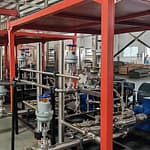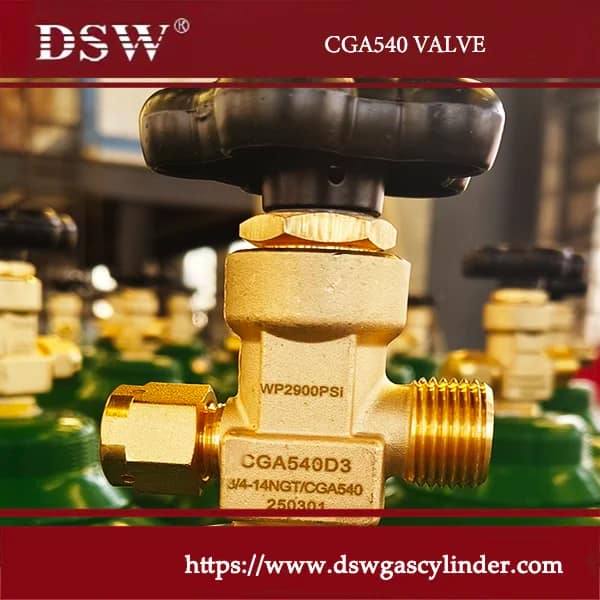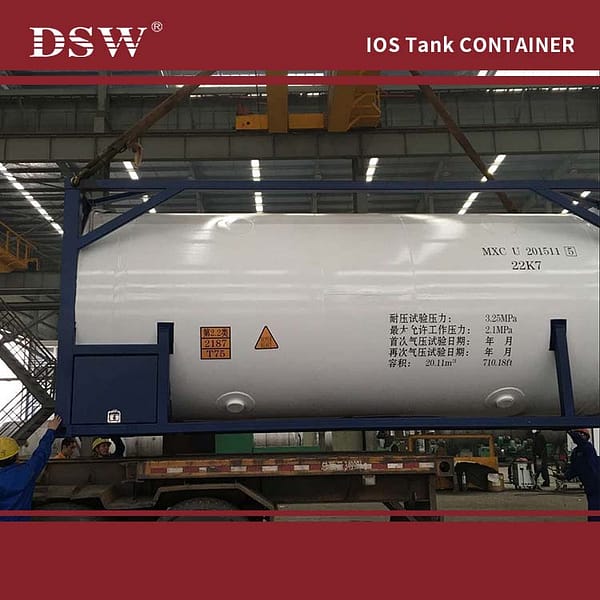Introduction
Hydrogen has become a cornerstone of clean energy and advanced industrial applications. Among the most efficient production methods, methanol reforming stands out for its reliability, cost-effectiveness, and scalability. DSW’s 50 Nm³/h methanol reforming hydrogen generator is designed to deliver ultra-pure hydrogen (99.999% vol) with a compact, containerised system that combines advanced reforming, PSA purification, and catalytic heating. This solution is ideal for fuel cell applications, industrial hydrogen supply, and projects seeking safe, efficient, and sustainable hydrogen production.
Methanol Reforming to Hydrogen Equipment – 50 Nm³/h Generator
Compact, Turnkey Hydrogen Generator for Fuel Cells and Industrial Supply
Hydrogen Purity & Performance
- Hydrogen Purity: 99.999% (vol)
- Operating Pressure: 1.0 – 1.2 MPa
- Unit Capacity: 50 Nm³/h hydrogen output
1. Project Overview
- Project Name: 50 Nm³/h Methanol Reforming Hydrogen Generator
- Capacity: 50 Nm³/h product hydrogen
- Location: Thailand
2. Technical Features
- Advanced Reforming Process: High-efficiency methanol conversion for PEM fuel cells with low energy consumption and safe operation.
- Compliance: Fully meets national safety, environmental, and quality standards.
- Comprehensive Supply Responsibility: All supplied components, including subcontracted items, meet specifications.
- Containerised Delivery: Skid-mounted, pre-assembled, and containerised for simplified transport and installation.

Hydrogen Production Equipment & Auxiliary Systems Specifications
| No. | Parameter | Unit | Specification | Quantity | Remarks |
|---|---|---|---|---|---|
| 1 | Hydrogen Purity (Product Gas) | % (V/V) | ≥99.9995 | – | Dew point ≤ -70°C |
| 2 | Product Gas Pressure | MPa (Gauge) | ≤0.90 | – | Adjustable |
| 3 | Product Gas Temperature | °C | Ambient | – | – |
| 4 | Annual Operating Hours | h | ≥8,000 | – | Includes maintenance downtime |
| 5 | Operation Mode | – | Continuous | – | Designed for uninterrupted operation |
| 6 | Load Flexibility | % | 30–110 | – | Allows variable demand adjustment |
| 7 | Hydrogen Production Capacity per Unit | Nm³/h | 50 | – | – |
| 8 | DPH-50 Hydrogen Generator Dimensions | mm | 4250 × 2600 × 2785 | 1 | Includes integrated cooling water station |
| 9 | Specific Power Consumption | kW/Nm³ H₂ | 0.7 | – | Excludes auxiliary control & lighting |
| 10 | Methanol Consumption per Nm³ H₂ | kg/Nm³ H₂ | 0.6 | – | – |
| 11 | MH-200 Demineralized Water Station Dimensions | mm | 2000 × 1430 × 2200 | 1 | – |
Notes:
- All specifications comply with current industrial standards for hydrogen generation.
- Designed for safe, continuous operation with low energy consumption.
- Auxiliary systems (cooling water, demineralized water) are fully integrated for efficient operation.
2.1 Process Principles
The intelligent high-purity hydrogen generator system uses proprietary catalysts with high activity and selectivity, providing superior hydrogen yield compared to conventional systems. The system employs mains electricity heating for fast hydrogen production, high efficiency, and low operating costs.
2.1.1 Methanol Reforming Principle
A methanol-water mixture is vaporised, superheated, and passed through a catalyst under controlled temperature, pressure, and flow conditions. Reactions include:
- Methanol reforming: CH₃OH → CO + 2H₂ (ΔH = -90.7 kJ/mol)
- Water-gas shift: CO + H₂O → CO₂ + H₂ (ΔH = +41.2 kJ/mol)
- Overall: CH₃OH + H₂O → CO₂ + 3H₂ (ΔH = -49.5 kJ/mol)
Reformate gas composition: H₂ ≈ 74.5%, CO₂ ≈ 24.5%, CO ≤ 1.0%. Single-pass methanol conversion >98%, with unreacted feed recycled. Reformate is purified via PSA to produce 99–99.9999% hydrogen.
2.1.2 PSA Purification Principle
Hydrogen separation occurs in fixed adsorption beds with selective adsorbents:
- Strongly adsorbed gases (CO₂) accumulate at bed entrance.
- Weakly adsorbed gases (H₂) exit at bed outlet.
- Intermediate components distribute by adsorption strength.
PSA ensures high-purity hydrogen efficiently and reliably.
2.2 Process Flow
The DPH methanol reforming hydrogen generator process includes: feed vaporisation, catalytic reforming, reformate cooling, and gas-liquid separation.
2.2.1 Methanol Reforming Steps
- Feed Preparation: Methanol and demineralized water (1:1 weight ratio) are pressurized by metering pumps and preheated via heat exchange with reformate gas (~160°C).
- Evaporation & Superheating: Feed vapor is further heated to catalytic reforming temperature.
- Catalytic Reforming: Feed enters the reformer for methanol reforming and water-gas shift reactions.
- Cooling & Separation: High-temperature reformate is cooled (~140°C) in a heat exchanger, then condensed (<40°C) with circulating cooling water. Gas-liquid separation follows.
- PSA Hydrogen Purification: The separated gas is sent to PSA for final purification. Unreacted feed is recycled.
3. Supply Scope
- Methanol reforming unit
- PSA hydrogen purification system
- Catalytic combustion heating
- PLC-based control system
- Auxiliary skid-mounted electrical equipment
Optimised for continuous, reliable operation with reduced operating costs.
4. Process Flow
- Feed Preparation: Methanol and desalinated water (ratio 0.48–0.52) are metered, pressurised, preheated, vaporised, and superheated.
- Reforming Reaction: Superheated feed gas undergoes catalytic cracking in the reformer, heated by flue gas.
- Cooling & Separation: Product gas is cooled, separated from unreacted liquids, and purified via PSA to yield high-purity hydrogen.
5. Heat Supply System
Catalytic Combustion: Uses PSA off-gas and supplementary methanol for combustion, producing flue gas to maintain reforming temperature.
6. Standards & Compliance
Manufactured in accordance with the latest Chinese national standards, safety codes, and regulations.
7. Material & Utility Consumption
- Methanol: ~0.68 kg/Nm³ H₂ (GB338-2011, superior grade)
- Desalinated Water: 0.32 kg/Nm³ H₂ (Cl⁻ ≤1 mg/l, conductivity ≤10 µS/cm)
- Catalyst Life: ~2 years under normal conditions
- Electricity: ~15 kW (380V / 220V)
- Cooling Water: 2.5 t/h (inlet 32°C, outlet 42°C)
- Instrument Air: 30 Nm³/h, 0.6 MPa
- Nitrogen (purging): ≥99.9% purity, O₂ ≤0.1%
- Firefighting Water: 15 t/h at 0.5 MPa (user-provided)
8. Supply & Responsibility Division
- Manufacturer: Delivers complete skid-mounted hydrogen generator with electrical and control systems. Provides on-site commissioning, training, and guidance.
- User: Provides external utility connections, site piping, cabling, insulation, and corrosion protection.
9. Equipment List
Non-Standard Components: Reformers, vapourisers, condensers, gas-liquid separators, methanol storage tanks, catalytic reactors, PSA modules.
Standard Skid-Mounted Equipment: Pumps, fans, blowers, preheaters, filters (stainless steel/carbon steel).
10. Electrical & Control Systems
- Explosion-Proof Systems: EXDIICT4, IP55 compliant lighting and control enclosures.
- PLC Automation: Touch screen, 15–20% I/O reserve, full automation.
11. Emission Control
- Flue Gas: CO₂ 28.8%, N₂ 48.8%, O₂ 2.6%, H₂O 19.2%, NOx <50 mg/Nm³; ~100 Nm³/h at 150°C.
- Wastewater: None.
- Solid Waste: Spent catalysts (~200 kg/2 years) and adsorbents (~1 ton/15 years).







No comment